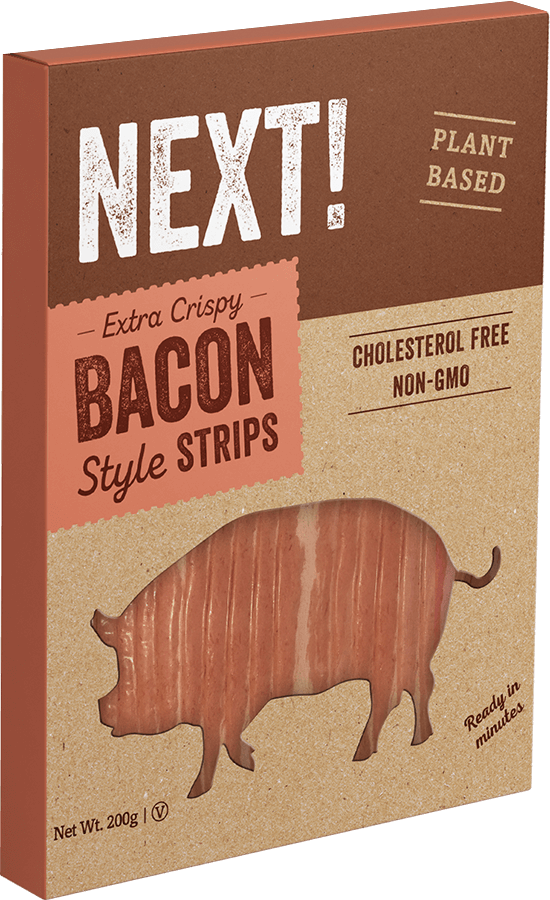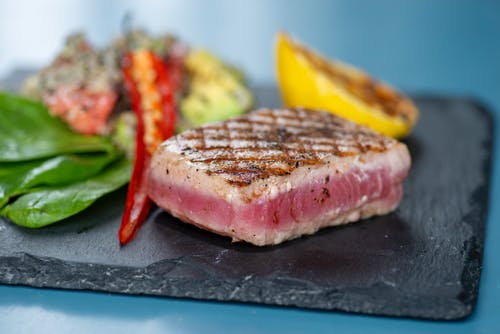A study in Animals magazine warns us about meat consumption in the world. This states that it has reached its highest level. In addition, it orders the types of meat according to the amount of its consumption. In such a way that poultry meat tops the ranking and the caprine closes it. You want to know more? We tell you.
Relationship between the consumption of meat in the world and the wealth of the country?
Various reports and investigations have concluded that a larger sector of the population declares itself to be vegetarian or vegan. However, in turn they are reaching the highest levels of meat consumption. So says a Animals magazine study in which the evolution and characteristics of meat consumption have been analyzed. Observing these features in 35 countries around the world. In this way, experts have expressed that, in some countries, almost insurmountable levels have been reached.
Another of the conclusions reached is that meat consumption in the world is related to the economy. That is, a direct link was found between the rise in sales and the increase in wealth. However, this it only happened in emerging economies. This was discovered when an attempt was made to link Gross Domestic Product (GDP) to per capita meat purchases. In 26 of 35 countries this acquisition has increased considerably. Especially in Russia, Vietnam and Peru.
 Likewise, south american countries they are the ones that have resorted to meat consumption the most in the world. The study includes Brazil, Argentina, Chile and Colombia. In addition, they add that these countries increased by more than 1kg per capita this consumption. On the other hand, we have New Zealand and Paraguay. Two countries in which the most notable reductions in meat intake were observed.
Likewise, south american countries they are the ones that have resorted to meat consumption the most in the world. The study includes Brazil, Argentina, Chile and Colombia. In addition, they add that these countries increased by more than 1kg per capita this consumption. On the other hand, we have New Zealand and Paraguay. Two countries in which the most notable reductions in meat intake were observed.
20 years of changes
The consumption of meat in the world has been changing over time. have been emerging innovations meat substitutes and we have become aware of the product manufacturing chain. Doing a comparative analysis, which covers from 2000 to the present day, we get several things clear. For example, that in 2019 the most popular meat in the world was poultry. Followed by pork, beef and, lastly, sheep and goat. Between 2000 and 2019, the overall consumption of beef fell by 3,9%.
Living only an increase in Ethiopia, Israel, Saudi Arabia, Turkey and Vietnam. While in China, UK, Pakistan and Indonesia regular consumption was maintained. The study claimed that in almost all the countries, 30 out of 35, the consumption of poultry meat had increased. Arriving, even, to multiply in thirteen of them. During these years, the global poultry consumption per capita was 14,8 kg in 2019. Comparing it with 9,8 kg in the year 2020.
Pork Meat
In China and Vietnam the meat whose requirement rose was the pig. As in a total of 19 countries. The same cannot be said for seven other countries on the list that saw their per capita pork consumption decline. Of course, these countries with decreasing trends in the consumption of pork, the change was small. Except in Canada. In this country there was a significant reduction in 2000 from 22,6% kg per capita to 16,3 kilos in 2019.
@ariadna.nutrition What do you think? Leave it in comments 💬#vegetarian #vegan #meatconsumption #carbon footprint #vegetal protein #take care of the planet #healthy nutrition
In general, as poultry consumption increased, the pig was reduced. The contribution of pork to total consumption was lower in 2019 than in 2000. Exactly 32,6% vs. 38,6%. However, in China and Vietnam pork was the half of total meat consumption in 2019. Although, these data were reduced, since in 2000 it collected two thirds of the total. Some researchers suggest that this may be due to the decrease in supply. Possibly caused by African swine fever.
This study gives you the arguments to reflect on the relationship between food and economic capacity of the countries. We have seen this in the examples. Destinations with emerging economies are more susceptible to variations in the purchase of meat. What makes it a food timelessly inaccessible. Perhaps, the economic reason is also the reason why poultry meat has become the most popular. And it is that this is the cheapest. And you? Do you think there is a relationship between the economy and food?






